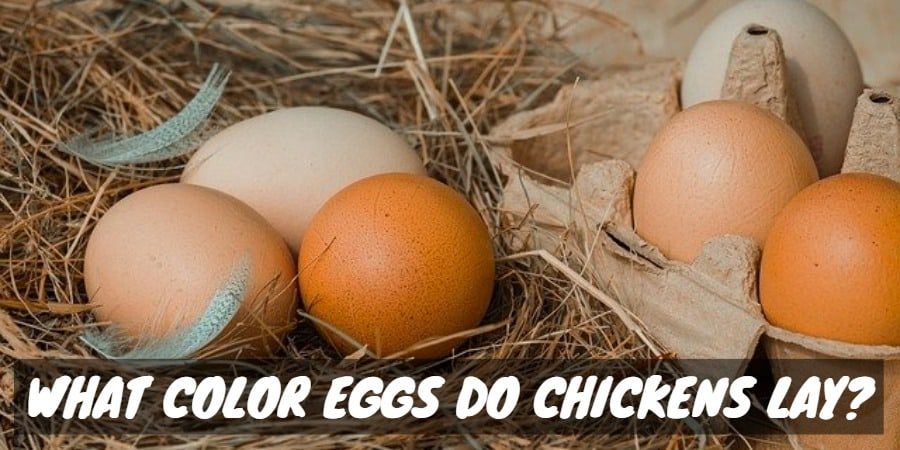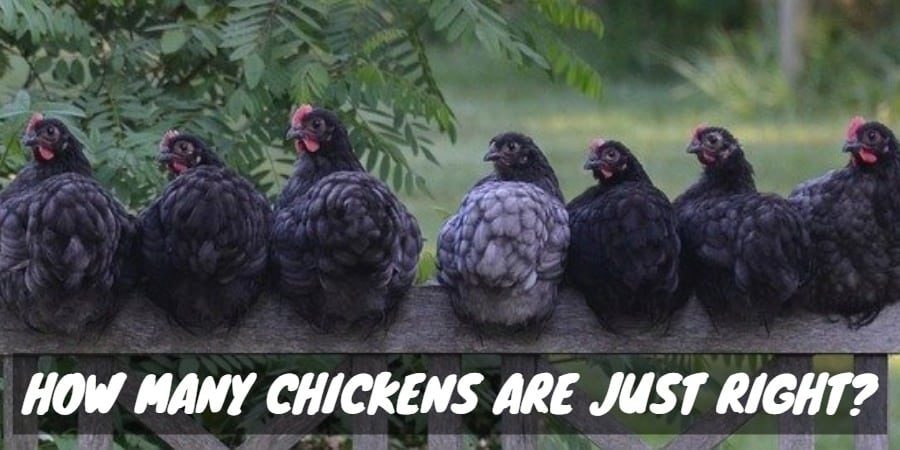A chicken egg takes an average of 21 days to hatch after incubation has begun. This means that if you start with fertilized eggs, you can have chicks within three weeks. Of course, animals don’t operate on strict schedules, and some eggs may hatch a day or two early or late. On average, though, plan for a 21-day incubation or brooding period.
Bear in mind that the 21-day counter begins once the eggs are actually being incubated. It’s possible to begin incubation on an egg that has already been laid. As long as the egg is fertile, it can be stored for up to a week prior to incubation. If you wish to do that, you’ll want to keep the eggs between 55 and 60 degrees Fahrenheit; steady temperature and humidity will keep the egg safe while delaying development of the embryo.

Are Chicken Eggs Fertile When Laid?
It’s a common misconception that you need a rooster in order to get eggs. A hen will lay an egg almost daily whether or not a rooster is present. This is because chickens ovulate roughly every 26 hours. This ovulation begins inside the body. The egg yolk, white and shell exist to nourish and protect any embryo that may grow from the egg.
Fertilization takes place inside of the hen’s body. If a rooster is present, he will copulate with a hen. Roosters, like many birds, have no external genitalia. Instead, both roosters and hens have an orifice called a cloaca. When the cloaca of the two birds touches, sperm is transferred to the female’s reproductive tract, where it can fertilize an egg if one is present.
If this action happens before the egg is laid, the hen may lay a fertilized egg that can be incubated and hatched into a live chick. The rooster’s sperm remains viable for up to 30 days, so single breeding might produce fertilized eggs for up to four weeks.
[amazon bestseller=”Fertile Hatching Eggs”]
In practical terms for a chicken farmer, this means that not every egg collected from each hen will be fertilized, even if a rooster is present.

How to Tell If a Chicken Egg Is Fertilized
There are three ways to identify a fertilized egg:
- Break it open. A chicken egg will have a small white dot somewhere on the yolk. If that dot has a dark ring around it similar to a bull’s eye, the egg is fertilized. Obviously, you will not be able to incubate an egg after it’s been broken. However, finding one fertilized egg in a clutch is a good indication that others might be fertile. If your hen lays a fertilized egg one day, the eggs she lays on subsequent days are likely to be fertile as well.
- Candle it. You can try incubating an egg for a few days before checking to see if an embryo is developing. You do this by “candling” the egg, or shining a bright light at one side and looking through it. If the egg is fertilized, you’ll see veins beginning to form within the egg.
- Leave it in the nest. If you have a broody hen, you can leave the eggs in the nest for her to sit on. The fertilized eggs will hatch after three weeks of incubation under the hen.
It’s a good idea to candle any eggs that you incubate as unfertilized eggs will begin to rot during incubation. They can eventually explode and make a smelly mess of your incubator. After several days of incubation, check the eggs and throw out any that appear to be duds. Chicken eggs that have been kept in an incubator should not be eaten as the high incubation temperatures are a breeding ground for bacteria.

How to Hatch an Egg
If you have fertilized eggs, keeping them in the appropriate conditions for three weeks is necessary for hatching. An incubator should be used to keep the eggs between 99 and 102 degrees Fahrenheit. The optimum incubation temperature is 100.5 degrees.
[amazon bestseller=”chicken incubator”]
The internal relative humidity of the incubator should be kept between 50 and 55 percent for the first 17 days of incubation. After that, you should raise the humidity to 70 percent. This will make it easier for the chicks to break free of their shells when it’s time to hatch. You’ll also want to increase ventilation for the last few days of incubation.
Avoid opening and closing the incubator more than necessary as this can affect the conditions inside.
During incubation, you will need to physically turn the eggs to prevent the developing embryo from sticking inside the shell. In nature, the brood hen would do this herself with her feet while sitting on the nest. If you’re using an incubator, you’ll need to either manually or mechanically turn the eggs three to five times each day.




